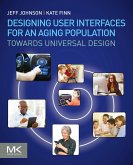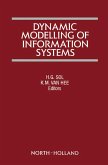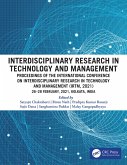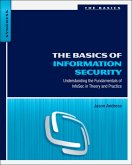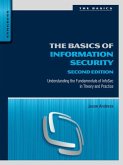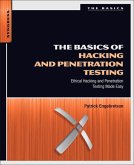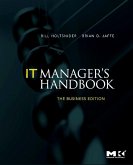Dieser Download kann aus rechtlichen Gründen nur mit Rechnungsadresse in A, B, BG, CY, CZ, D, DK, EW, E, FIN, F, GR, HR, H, IRL, I, LT, L, LR, M, NL, PL, P, R, S, SLO, SK ausgeliefert werden.
I enjoyed the many case studies. Every circumstance is unique, but the authors have offered up best practices for systems modernization from their experience. Their focus on architecture as an artifact for governance is sound, but they go far beyond the technical issues and address many of the social and economic practices that help one evolve a good technical architecture.
From the moment one writes a line of code, it becomes legacy, and that legacy accumulates. Whether it becomes a cause of innovation inertia or a source of future value is a factor of how it is continuously modernized." --Grady Booch, IBM Fellow & Chief Scientist, Software Engineering in IBM Research
"Estimates by internationally-known researchers of the worldwide legacy code base is now approaching a half-trillion lines. That only counts so-called "legacy languages" like COBOL--which drive the world. Add in database schemas, configuration files, and legacy data and the amount of hidden data adds up. This "dark information," like the dark matter of the universe, is critical to our understanding of our world, we can't simply ignore it. Our best hope is to update it, bring it into modern systems, and keep it alive and vital. Fortunately, nobody knows the modernization landscape better than Ulrich and Newcomb, and this in-depth, practical guide is indispensable to planners & practitioners faced with the legacy modernization challenge. Architecture-driven modernization is the best hope for "bringing back" legacy applications & information so it can be successfully applied & reused, and this book explains how to plan, develop & manage modernization from every angle." --Richard Mark Soley, Ph.D., Chairman and CEO, OMG



